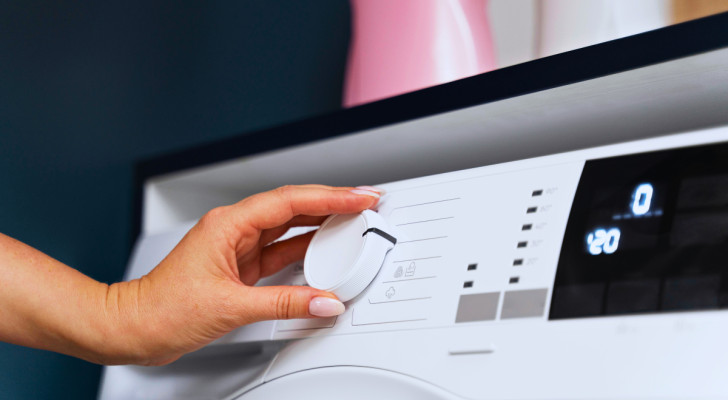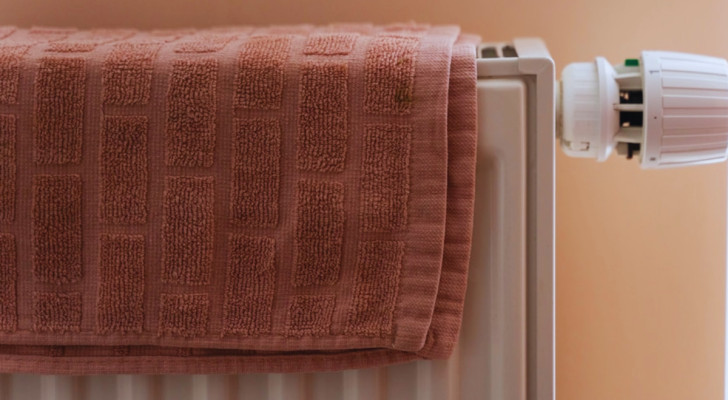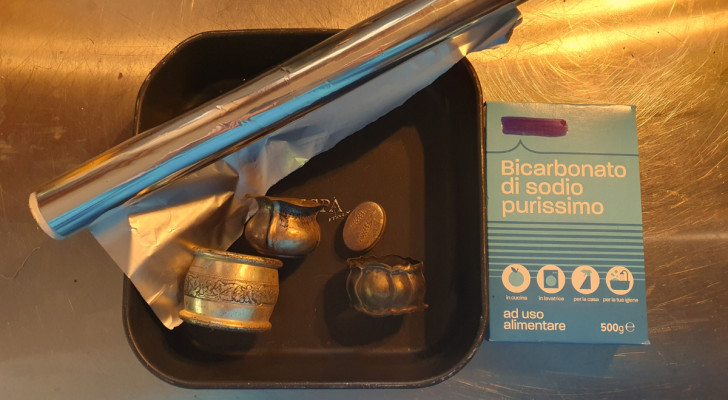How many things you can do with zip-lock plastic bags? Here's 11 great alternative uses to try out

Airtight plastic bags (aka zip-lock bags or, simply, zip-locks): we mostly use these bags for storing food in the fridge or freezer, and for carrying around packed lunches. Then, there are those who use them when travelling... but what else can we do with them? Well, with a bit of forethought, these bags can be used in many alternative ways! Let's check out some of these ways below:
1. Crushing nuts, crackers and biscuits
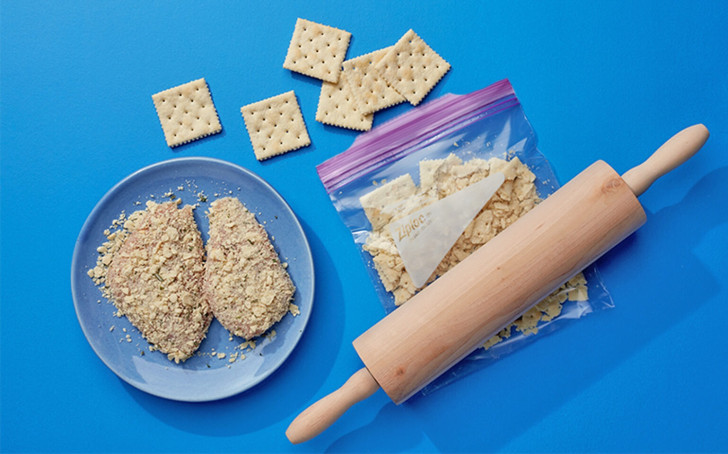
How often does a recipe require crushed/crumbled ingredients (especially dried nuts, biscuits, crackers or similar)? Well, you can crush these ingredients up with a tenderizer or a rolling pin, but this can be a messy business. However, if you perform this operation using a sturdy, zip-lock bag (that hasn't been overfilled), it will be much easier and less messy to do.
2. Organizing small items
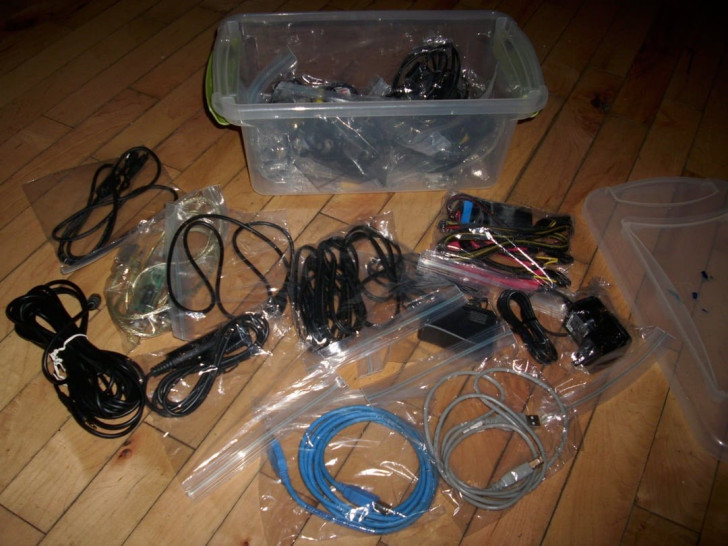
It may not look terribly attractive, but you can use zip-lock bags to prevent small items from getting tangled up (on themselves or with other items) - such as cables, jewellery, screws, bolts and similar.
If you also add dividers (like plastic tubs), and put the bags into these and then both into a drawer, you have a low-cost solution for tidying up your closets (or your luggage)!
3. Protecting delicate devices

Zip-lock bags come in all sizes, so they are perfect for protecting smartphones, tablets, cameras and other items that you need to keep from getting wet or dirty (acting a bit like a marine dry-bag).
And, as you can see in the above photo, putting a mobile phone (or a tablet) into a zip-lock bag can be used keep it at the right for viewing during a flight (and freeing up the foldable table).
4. No more dried-out paint brushes
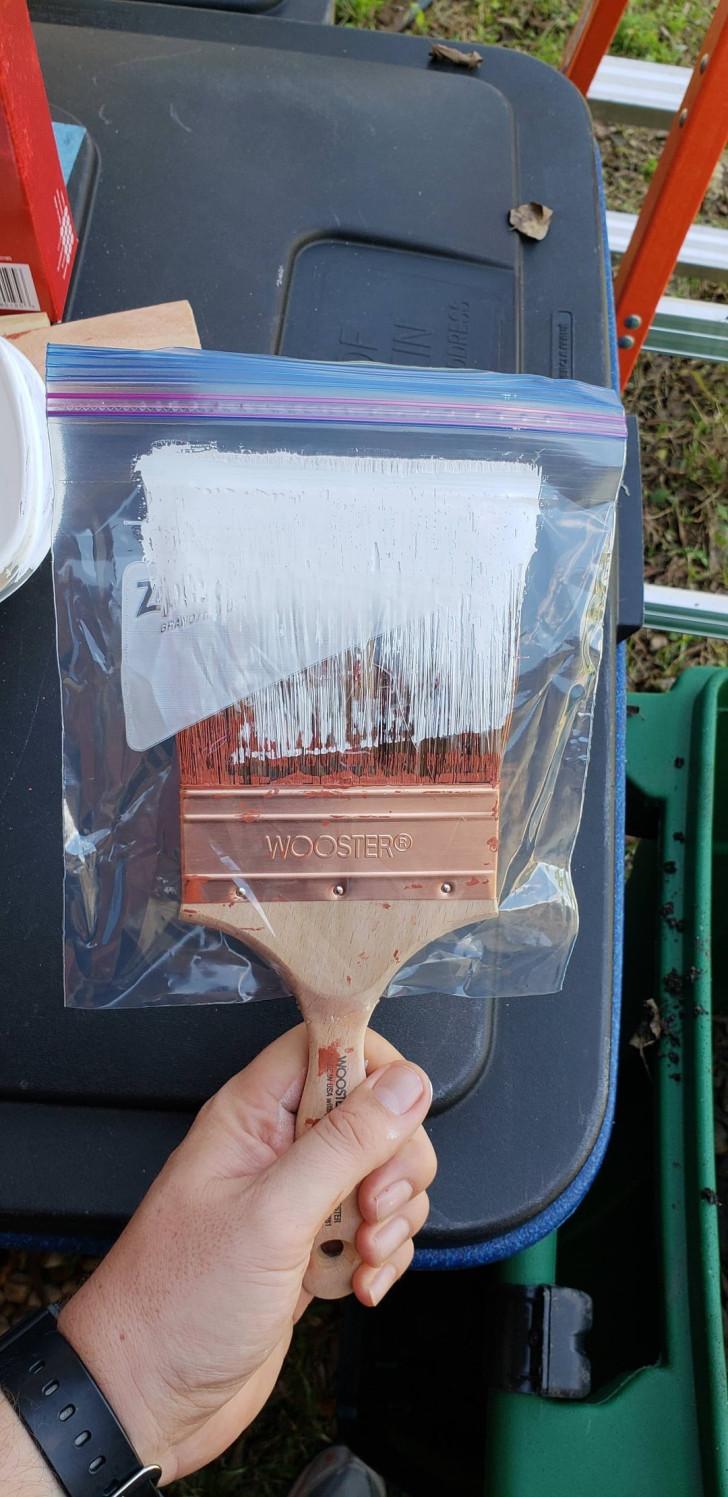
Anyone who has had to some home painting project knows that thes can often take longer than first anticipated. This can be a problem for certain tools - like paintbrushes in use - which have to sit out overnight.
In the case of paintbrushes, you can put them into zip-lock bags so that they do not dry out overnight and are ready for use immediately the next morning.
5. They also work for cleaning shower heads
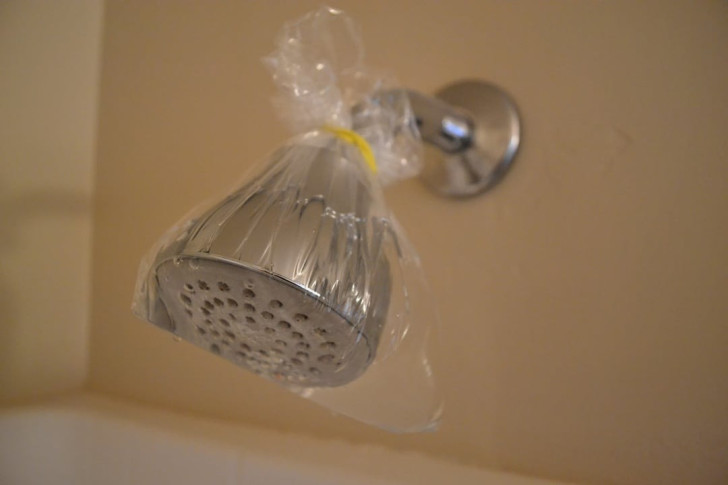
One of the most popular DIY remedies involves sing a zip-lock bag wrapped around a limescale-encrusted shower head and filled with water and white vinegar. Left overnight, the vinegar will dissolve away the limescale deposits blocking the shower head. If necessary, doubly-secure the bag by tying a piece of string (or an elastic band) around the bag's opening.
6. Freezer bricks and ice packs
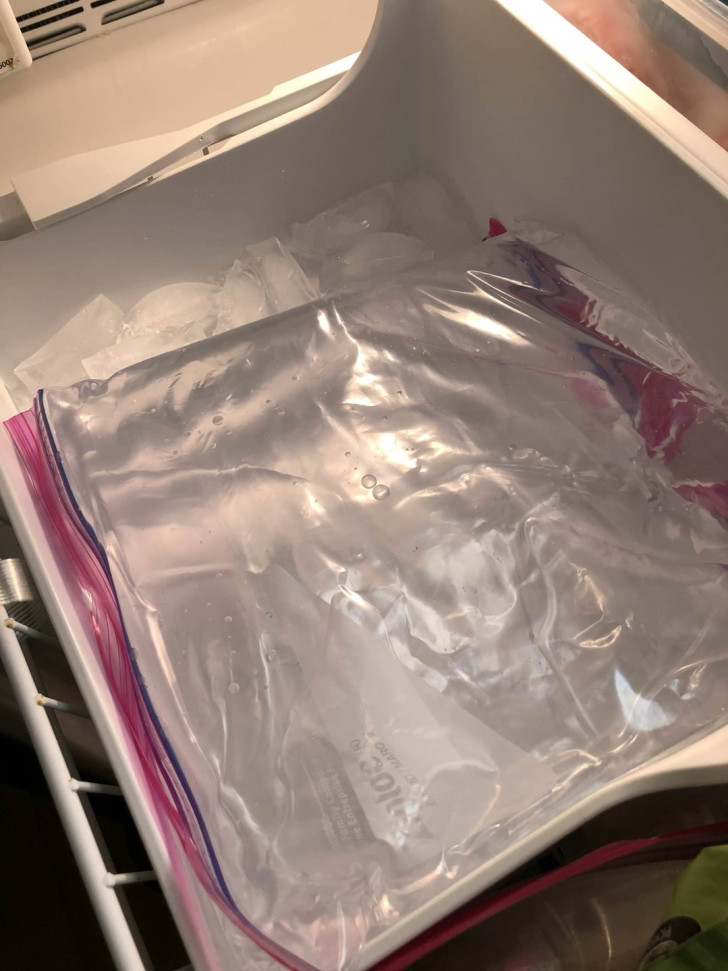
Do you need freezer bricks to put in your cooler bags or Igloo? You can easily make these by freezing water inside zip-lock bags (just don't overfill the bags as the ice will expand).
To make ice packs to use on wounds, burn or sprains, you can freeze a mix of dishwashing liquid and alcohol in zip-lock bags. Fill each bag to the 3/4 mark with the dishwashing liquid and add a couple of tablespoons of the alcohol, then freeze.
7. Travelling companions

When flying, we have been forced for years now to put all liquids we intend to carry in our hand luggage in a transparent plastic bag. But it is always good to use a few extra zip-lock bags in your checked luggage to prevent creams, lotions and other liquids from spilling out or leaking!
8. Use zip-lock bags intelligently

Do you want to protect an object that larger than your zip-lock bags? Well, all you need to do is join two together, joining the seals of the two bags together to make a larger whole (as shown here).
9. DIY scented bags
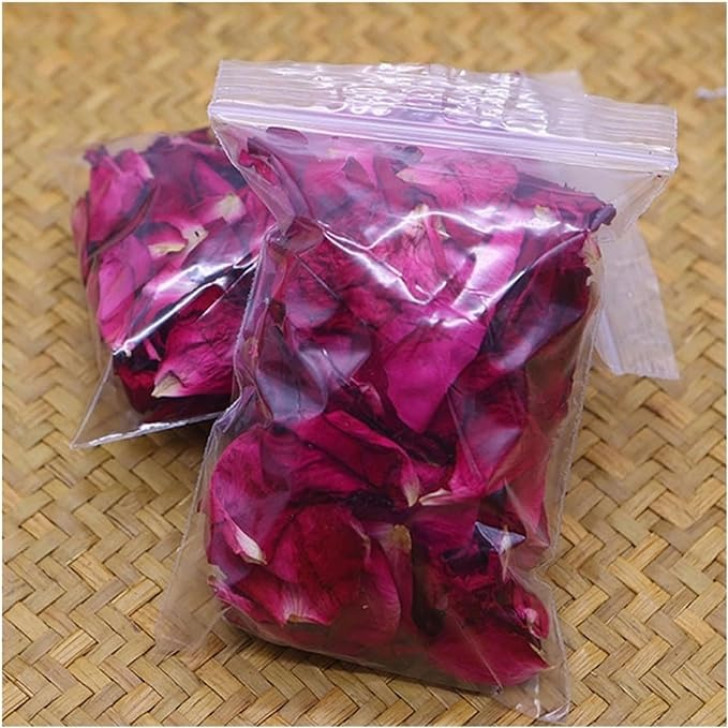
Do you want to make your own potpourri but don't have any proper, breathable bags? Don't worry: put your blend into a small zip-lock bag, seal it and then punch small holes on both sides, and voila, you're done!
10. Experiments for children: growing seeds in bags
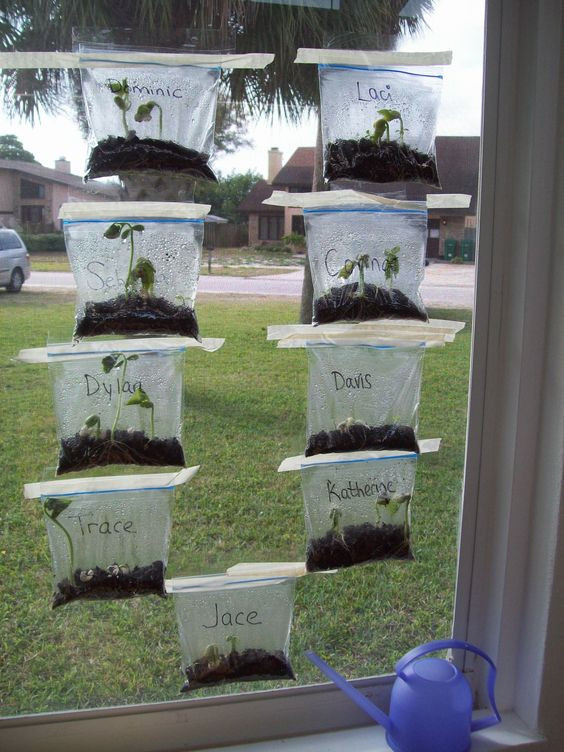
Laura Carducci Halsey/Pinterest
With children, it is fun to experience the wonders of nature, like growing seeds. Choose the seeds from a plant that grows easily - like lemon seeds - and then you have two options:
- Fill the bottom of a plastic zip-lock bag with a little soil to place the seeds in, or;
- Wrap the seeds in absorbent paper and put them into a bag.
In both cases, moisten the soil or paper (without soaking them), close the bag and keep it in a place where it gets some sunlight. Every two or three days, open the bags to check if the water needs to be changed and to air everything out: if the soil or paper is dry, moisten and close up again. Within a few days, the seeds will to germinate and produce shoots and roots!
11. Automatic watering of plants
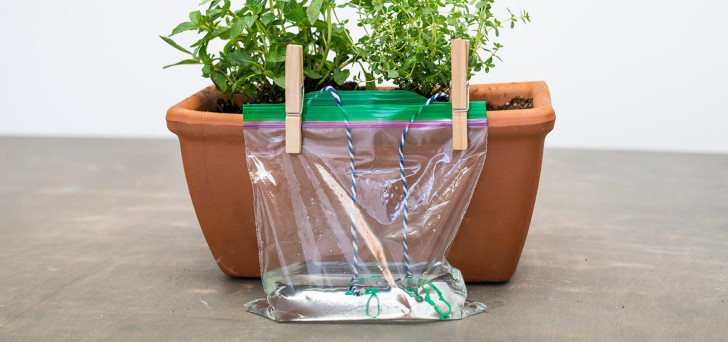
Create an automatic plant-watering system using zip-lock bags: you just have to fill one to about the halfway mark with water, insert some string or strips of fabric (even strips old towels will do) - these will serve as a sort of a "wick" to draw the water up. Ensure these wicks are long enough to remain in the water and also reaches to the the soil in the pot. To prevent the bag from tipping over, secure it to the side of the pot using pegs or document clips. Seal the bag around the string/fabric wicks as best you can.
The water will flow slowly and continuously from the bag to the pot, so you won't have to worry about watering your plants every day. Try this out when you go away for a few days! The important thing is to ensure you provide enough water for the period you will away. Test this system first out to determine how best to service your specific needs.
Do you know any other handy uses for plastic zip-lock bags?


